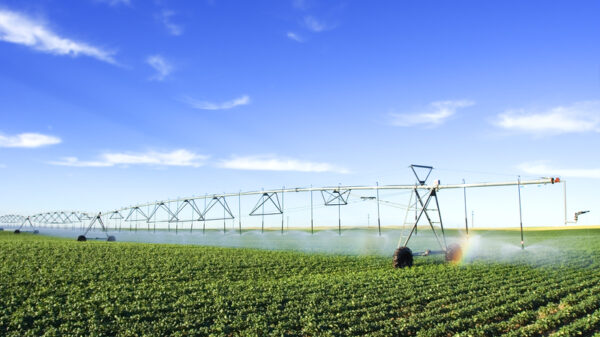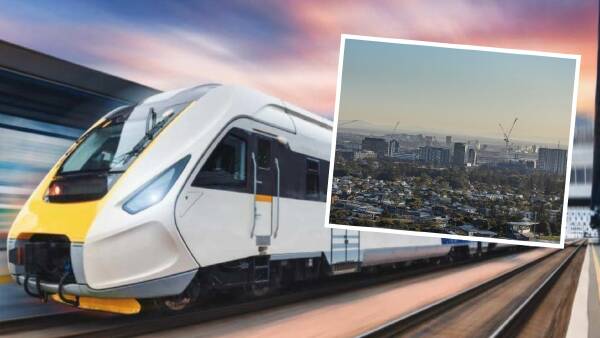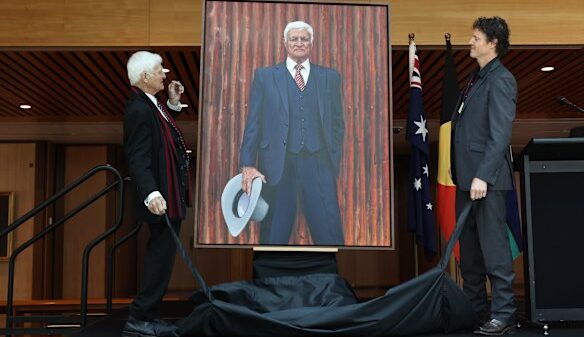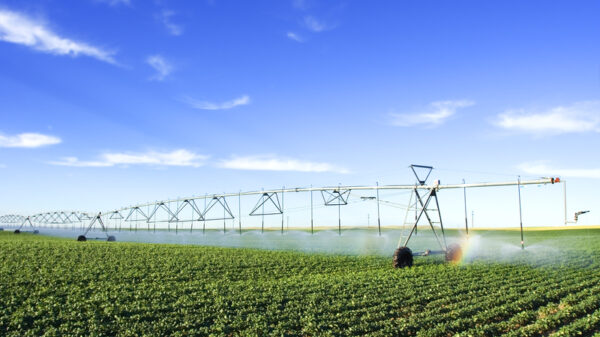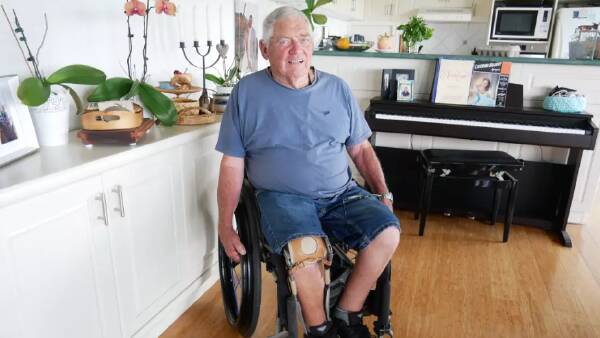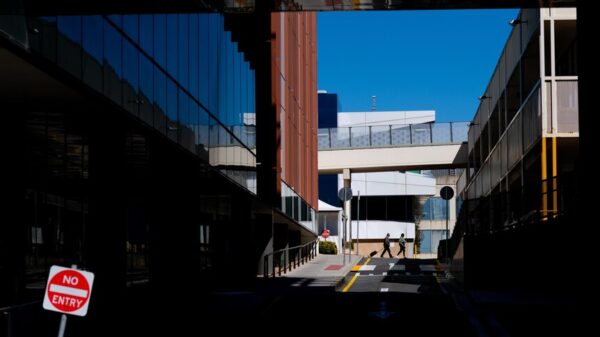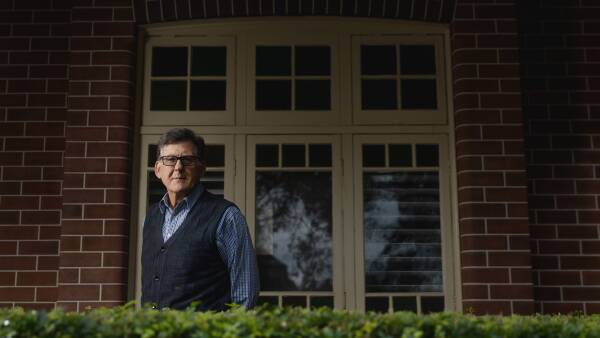UPDATE: Industry experts are eyeing the potential of the high-speed rail project to alleviate housing stress in the Hunter region as new reports confirm significant outcomes could arise from the initiative. The High-Speed Rail Authority plans to kick off construction in 2027, with the first phase linking Newcastle to the Central Coast expected to be operational by 2037.
Experts are cautiously optimistic, stating this infrastructure could create 46,000 additional households due to improved accessibility. However, there is skepticism about whether these housing objectives can be fully realized. Analysts from Infrastructure Australia indicated that more detailed analysis is required to ensure the predicted housing can be delivered amidst current labor and resource constraints.
Business Hunter CEO Bob Hawes emphasized the potential long-term benefits of the project, noting that housing development will likely be a gradual process as urban services expand around the new train stations, which will include stops at Newcastle, Lake Macquarie, Central Coast, Sydney Central, Parramatta, and Western Sydney International Airport.
“They have a very slow start, but once people see the generative capacity of what a community can support, they take off,” Hawes stated. He speculated that the Lake Macquarie station could become a hotspot for future developments, contingent on its location.
Despite the promising outlook, concerns linger. Property Council Hunter and Central Coast regional director Nuatali Nelmes pointed out that while the business case highlights significant economic and social advantages, it lacks a comprehensive plan for new housing in West Lake Macquarie, the Central Coast, and Broadmeadow. “Strengthening the business case to include targeted housing strategies is essential to ensure the HSR investment translates into livable, affordable communities,” Nelmes warned.
Moreover, Craig Jennion, director of the Housing Industry Association Hunter, expressed that the high-speed rail could catalyze development in the Hunter Region, potentially easing the housing crisis. Jennion suggested that if the Newcastle stop were located in Broadmeadow, it could enhance development incentives, increasing density in the area to accommodate commuters traveling to Sydney for work.
“More supply and more infrastructure will allow us to house more people and hopefully put downward pressure on housing prices,” Jennion stated. He believes the high-speed rail could serve as a catalyst for advocating for more government investments in affordable housing.
With the HSR corridor expected to service 25% of Australia’s national population, experts warn that without careful coordination in land use planning and precinct development, the project risks missing critical opportunities to tackle spatial inequity and enhance regional livability.
As the project gears up, all eyes will be on how these developments unfold in the coming years. Stakeholders are urging swift action to ensure that the high-speed rail not only transforms transportation but also addresses the pressing housing needs of the Hunter region.
Stay tuned for further updates as this story evolves.



